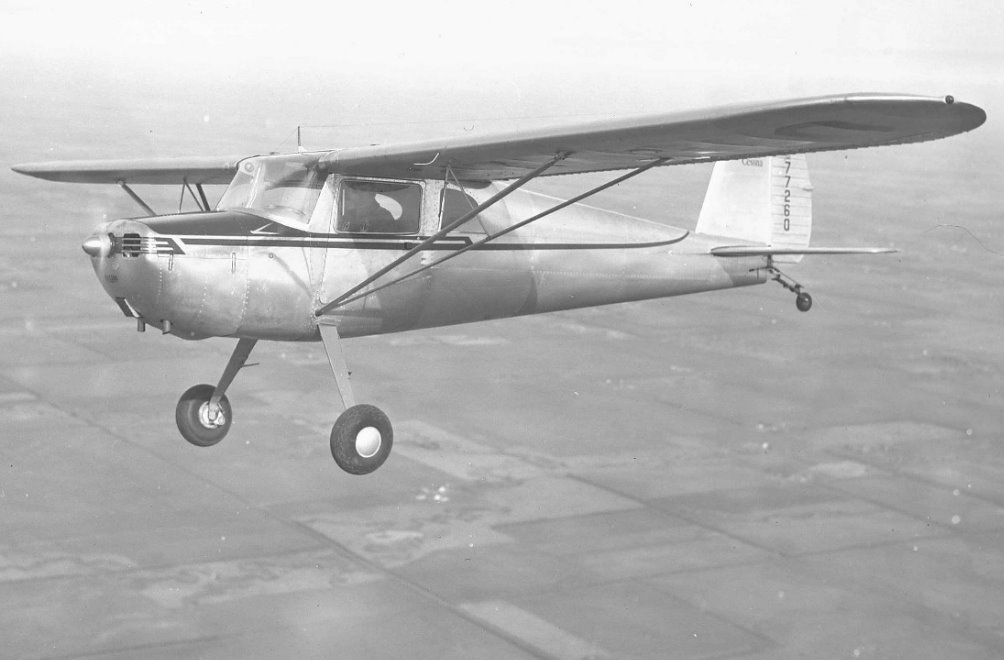Here are the parts disassembled. The key parts are (L - R) the extruded aluminum bracket which is riveted to the window frame
an aluminum link, a steel link, and the simple bent brackets which attach to the door. There's enough wear that the hole locations are not obvious. Things like metal thickness are easy with Verniers, etc., but for some of the other dimensions needed I find photos and scans of the parts easier to use.
 By using these images in TurboCAD it's much easier to reverse engineer things like hole locations and the outside shape of complex parts. The drawing at the right shows the scanned images of the key parts and the assembly drawing made to check that the parts will open and fold up correctly. It helps to keep in mind that these parts were probably designed using a tee-square, triangles and a scale in 1/32" increments even though drawings were dimensioned in thousandths of an inch. To scale the images I measure some easy dimensions and adjust the scale of the image until those dimensions are correct. For the 2 links I measured the inside edge to edge distance between the 2 holes, easily done with a vernier caliper.
By using these images in TurboCAD it's much easier to reverse engineer things like hole locations and the outside shape of complex parts. The drawing at the right shows the scanned images of the key parts and the assembly drawing made to check that the parts will open and fold up correctly. It helps to keep in mind that these parts were probably designed using a tee-square, triangles and a scale in 1/32" increments even though drawings were dimensioned in thousandths of an inch. To scale the images I measure some easy dimensions and adjust the scale of the image until those dimensions are correct. For the 2 links I measured the inside edge to edge distance between the 2 holes, easily done with a vernier caliper.Time to go make some parts.




Interesting post. I found this while researching parts for the RH mechanism in my '48 C140. I found it odd that while studying the parts in the latch assembly I realized that the catch (0411552) is made of micarta, or something similar. I assumed that a very creative A & P made them at some point, but now I see that your refurbished catches appear to be exactly like the ones that are in my plane. Where did you get them? Thanks!
ReplyDeleteThe part was just part of the latch. I assume they used the Micarta part because aluminum might gall and get stuck. I looked up Micarta in my 2000 page McMaster-Carr catalog. They sell a version called Garolite. It is pricy $120 for a piece 1/2 in. x 12 in. x 12 in. You could become the latch king with that much. It would be easy to make an Owner Produced Part if you have a good one for a pattern. Have fun
ReplyDelete